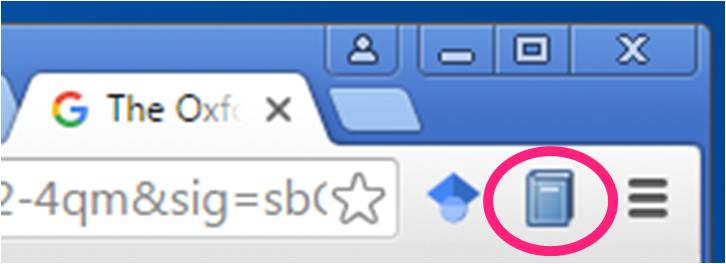

Zotero [zoh-TAIR-oh] is software that allows you to collect, manage, and save bibliographic information about the items you find on the Web. Word processor plug-ins also help you easily cite your sources as you write and create bibliographies. To create an account, go to zotero.org
I would suggest using an email account that is NOT your Salem State email.
Need additional help? Download the Zotero Basics handout below.
Download the Zotero 5.0 standalone application and the appropriate connector file for whichever browser you normally use (Chrome, Firefox, or Safari) from zotero.org. You can also sign up for a free Zotero account to sync your references across devices.
Before the release of Zotero 5.0, Firefox users could run the Zotero for Firefox extension without using the standalone application. These users will be upgraded to the current Zotero Connector for Firefox and will have to download the standalone application.

When you visit a page that Zotero recognizes as a bibliographic item, such as an item in a library catalog, a database, or Google Scholar search, an icon will appear at the right-hand end of your browser's address bar. When you click on the icon, information about the item you are viewing will be automatically entered into your Zotero library. Note: The icon will be different depending on the type of resource:
For books and ebooks, the icon will be a book.

For journals, newspapers, and other articles, the icon will be a lined page.

And for pages that contain multiple types of items, the icon will be a folder.

If the page or other resource you want to save does not register with Zotero as a bibliographic source or if you want to add a print/physical resource, you can add the item manually using the new item button (the green circle with a plus sign), and choose the type of resource that you want to enter.

Once an item has been entered into your Zotero library, you can save a snapshot of the webpage or picture of the print item with the Add Attachment button. This is useful if you want to capture a webpage as it appears right now, for instance the front page of a news site on the day of an important event or a social media post that may be deleted.
You can use Zotero to organize your references with Collections and Tags.
The image below shows an example library organized using Zotero's collections.

The image below shows you an example of citations viewed via selected tags.

Sync your citations to your Zotero account so that your citations and added content follow you no matter where you use Zotero. Do this by clicking the Sync icon in the top right corner of the desktop application or by setting up your preferences to make Zotero automatically sync your citations.
The image below shows how to set Zotero to automatically sync your citations in the Zotero desktop application. First, click the gear symbol in your Zotero desktop application, then scroll down to Preferences. Click the Sync icon to set up account syncing; type in your username and password. You can avoid exceeding the 300 MB storage limit (about 100 articles) by de-selecting the option to sync full-text content.; This will make it so that all of your citations, notes and URLs upload to Zotero while large files stay on your computer.

From Word, click on Zotero from the main menu bar.
Now you can select your citation style. By default Zotero only lists the most commonly used citation styles. If you don't see your style list, click on Manage Styles and search for the citation style you need.
To insert a citation, click on the Add/Edit Citation. A searchable pop-up menu will appear. Search for the resource you need to cite by author and/or title. Select the resource.
To create your bibliography, click on Add/Edit Bibliography. Zotero will create your bibliography right before your eyes!